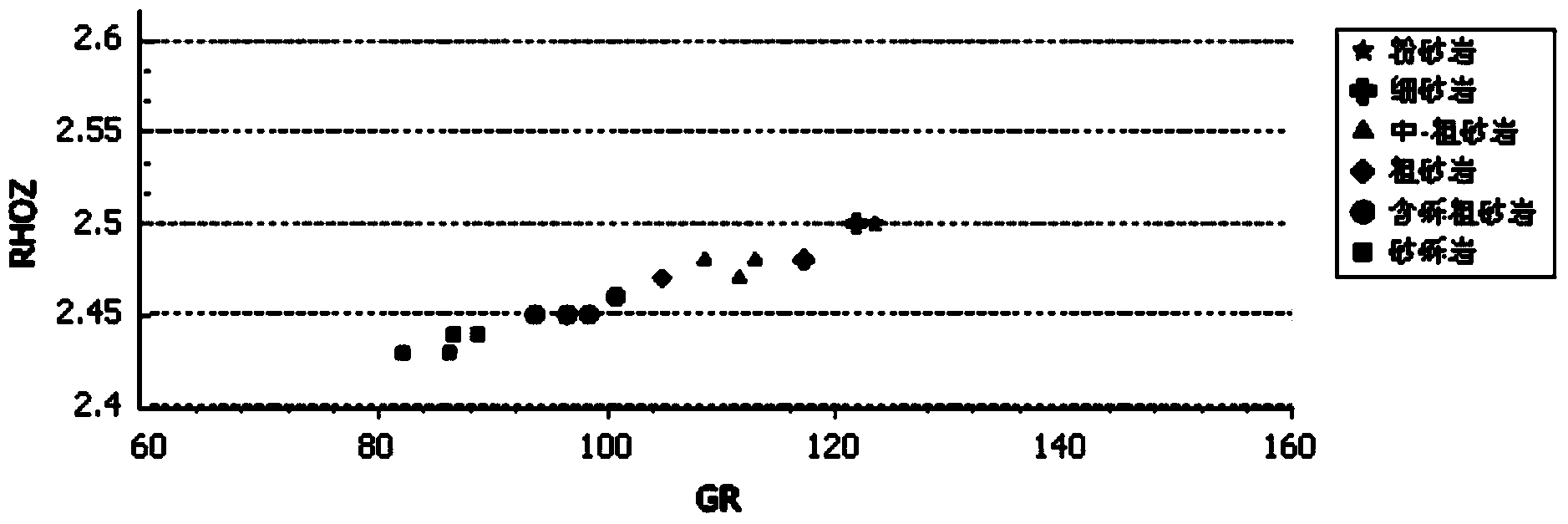Method for identifying lithology of whole well section
A technology for lithology identification and whole well section, applied in earthwork drilling, wellbore/well components, etc., can solve the problems of coarse interpretation results, poor accuracy of identification results, poor pertinence, etc., achieving a high degree of automation, accurate and reliable methods Effect
- Summary
- Abstract
- Description
- Claims
- Application Information
AI Technical Summary
Problems solved by technology
Method used
Image
Examples
Embodiment Construction
[0036] In order to make the purpose of the invention, technical solutions and beneficial effects of the present invention clearer, the embodiments of the present invention will be described below in conjunction with the accompanying drawings. The features in can be combined arbitrarily with each other.
[0037] A method for lithology identification of the whole well section, comprising:
[0038] Take multiple core samples from multiple depth locations and determine the grain size data and lithology type of each core sample;
[0039] Determining the values of various logging parameters at the multiple depth positions, selecting N kinds of logging parameters that increase or decrease as the particle size of the lithologic sample increases as characteristic parameters, N≥2;
[0040] According to the lithology types of the core sample points at the multiple depth positions and the values of the N kinds of characteristic parameters, determine the relationship between each N-di...
PUM
 Login to View More
Login to View More Abstract
Description
Claims
Application Information
 Login to View More
Login to View More - R&D
- Intellectual Property
- Life Sciences
- Materials
- Tech Scout
- Unparalleled Data Quality
- Higher Quality Content
- 60% Fewer Hallucinations
Browse by: Latest US Patents, China's latest patents, Technical Efficacy Thesaurus, Application Domain, Technology Topic, Popular Technical Reports.
© 2025 PatSnap. All rights reserved.Legal|Privacy policy|Modern Slavery Act Transparency Statement|Sitemap|About US| Contact US: help@patsnap.com



